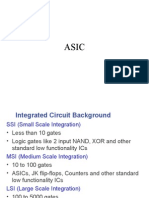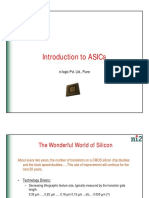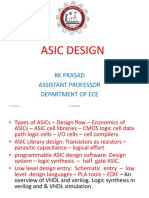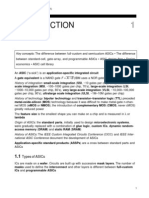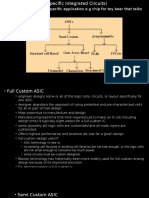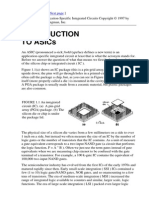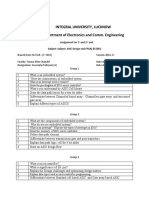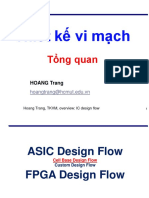0% found this document useful (0 votes)
25 views20 pagesVLSI
The document provides an overview of VLSI circuit design, including concepts such as Moore's Law, ASICs, and FPGAs. It details the types of integrated circuits, their evolution, and the advantages of using ASICs for specific applications. Additionally, it compares different ASIC design methodologies, including full custom, semi-custom, and gate array-based designs, highlighting their features, benefits, and limitations.
Uploaded by
Adhith prasanthCopyright
© © All Rights Reserved
We take content rights seriously. If you suspect this is your content, claim it here.
Available Formats
Download as PPTX, PDF, TXT or read online on Scribd
0% found this document useful (0 votes)
25 views20 pagesVLSI
The document provides an overview of VLSI circuit design, including concepts such as Moore's Law, ASICs, and FPGAs. It details the types of integrated circuits, their evolution, and the advantages of using ASICs for specific applications. Additionally, it compares different ASIC design methodologies, including full custom, semi-custom, and gate array-based designs, highlighting their features, benefits, and limitations.
Uploaded by
Adhith prasanthCopyright
© © All Rights Reserved
We take content rights seriously. If you suspect this is your content, claim it here.
Available Formats
Download as PPTX, PDF, TXT or read online on Scribd
/ 20









